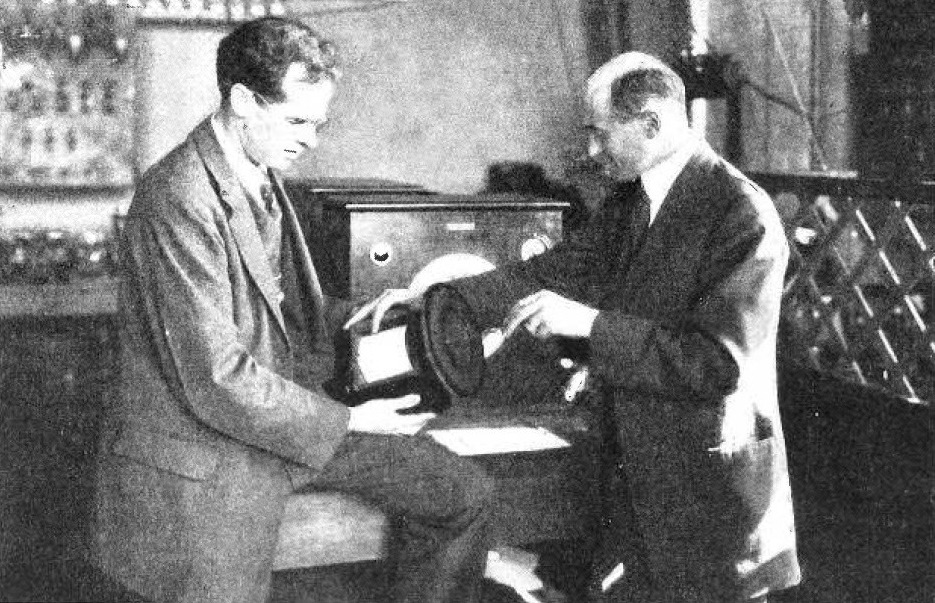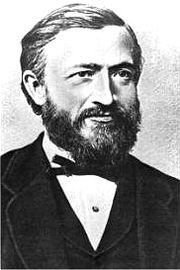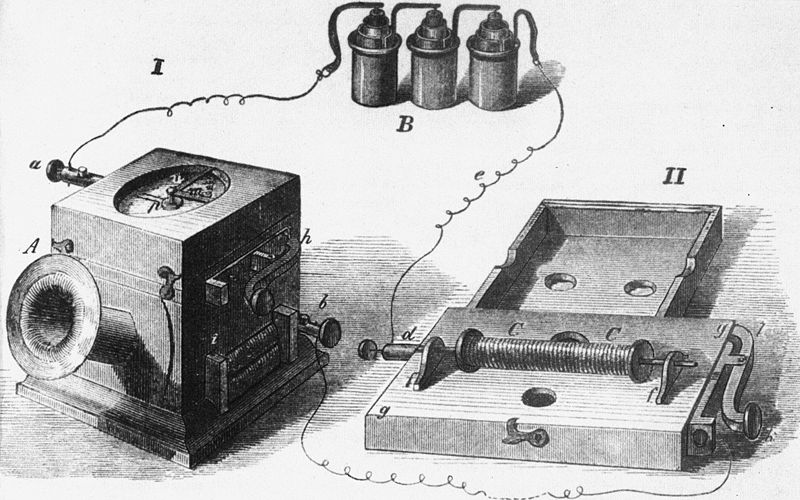Johann Philipp Reis, a pioneer in the realm of audio technology, invented the loudspeaker, which fundamentally changed how people communicate. Reis, who was born in 1834, persistently sought innovation and knowledge, leading to revolutionary advancements in telephony. This article investigates Reis’s life and the extraordinary route he traveled in developing the loudspeaker, explaining how it functions and changing how sound is transferred and amplified. We explore the impact Reis’ discovery had on subsequent technological advancements while showcasing his enduring legacy as an unsung hero whose work fundamentally changed the way sound works.
The Early Life of Johann Philipp Reis
The invention of the telephone is attributed to Reis. Reis, a native of Gelnhausen, unfortunately passed away at the young age of 40 on January 14, 1874, in Friedrichsdorf, close to Homburg. Despite experiencing numerous obstacles as an orphan, he overcame them and built a solid foundation in chemistry and physics during his apprenticeship as a painter.
Reis eventually obtained a teaching post at Friedrichsdorf’s Institut Gamier, which he had previously attended as a young kid. Reis demonstrated a strong grasp of telephony as he painstakingly created 10 different transmitter designs and four-receiver variants in the confines of his modest workroom, where he began to work on his revolutionary innovation, the “Telephon.”
On October 26, 1861, Reis demonstrated his astounding invention to the esteemed Frankfort-On-Main Physical Society. A few years later, he spoke in Giessen about his invention. In addition to demonstrating his product to academic institutions, Reis joined the market and made it available to the general public. D.E. Hughes, a well known British inventor, visited Russia in 1865 to promote his printing telegraph, and while there, he displayed one of Reis’ telephones to Emperor Alexander II.
Unfortunately, despite Reis’ thorough knowledge of telephony and his brilliant designs, his idea was not well received by the public. He, unfortunately, lost his life far too soon due to consumption in the late 1860s. Unfortunately, he died in silence. However, his nation aimed to make up for the neglect he had experienced once the telephone became an essential component of daily life. A memorial was built by the German government at his last burial place in the Friedrichsdorf cemetery. Silvanus Thompson wrote a biography of Reis in 1883, detailing his incredible life and achievements.
Although Reis’s contributions to the development of telephony were mostly ignored during his lifetime, they are now rightfully recognized and honored for the groundbreaking work they accomplished.
What is a Loudspeaker?
Electroacoustic transducers are speakers that can translate an electrical audio signal into the equivalent sound. The dynamic speaker is currently the most popular kind of loudspeaker. Similar to how a dynamic microphone works in reverse, a dynamic speaker creates sound using an electrical signal.
Everything from radios and televisions to portable audio players, computers, and electronic musical instruments have smaller loudspeakers. Larger loudspeaker systems are utilized for public address systems, theater and concert sound reinforcement, and music.
Terminology
Loudspeakers can refer to either individual transducers, often known as drivers, or entire speaker systems made up of an enclosure and one or more drivers.
Most loudspeaker systems use more than one driver to reproduce a wide frequency range effectively and precisely with even coverage, especially for greater sound pressure levels or maximum accuracy. Various frequency ranges are reproduced by various drivers. Subwoofers are used for extremely low frequencies, woofers are used for low frequencies, mid-range speakers are used for medium frequencies, tweeters are used for high frequencies, and occasionally super tweeters are used for frequencies beyond and above the highest audible frequencies. Depending on the application, different speaker drivers have different names. Since there is no mid-range driver in two-way systems, the woofer and tweeter are responsible for recreating the mid-range sounds. High-frequency drivers are referred to as tweeters in home stereos and “HF” or “highs” in professional concert systems. When a system employs numerous drivers, a filter network known as an audio crossover divides the incoming signal into various frequency ranges and sends each one to the appropriate driver. The term “n-way speakers” refers to loudspeaker systems with n distinct frequency bands. A two-way system will consist of a woofer and a tweeter, while a three-way system uses a woofer, a mid-range, and a tweeter. Dynamic (short for electrodynamic) loudspeaker drivers are used to distinguish them from other types of speakers, such as moving iron speakers and speakers that use piezoelectric or electrostatic systems.
Conclusion
Johann Philipp Reis made major contributions to the realm of communications while sometimes being overshadowed by other innovators. His creation of the “telephon” and his investigation into the transmission of sound over wires opened the path for other innovators and helped the telephone become a commercial success. Reis’ work as the forerunner of the loudspeaker is still evidence of his inventiveness and dedication to pushing the limits of scientific research. Johann Philipp Reis played a significant part in modernizing communication, and for that, we owe him a debt of gratitude.



